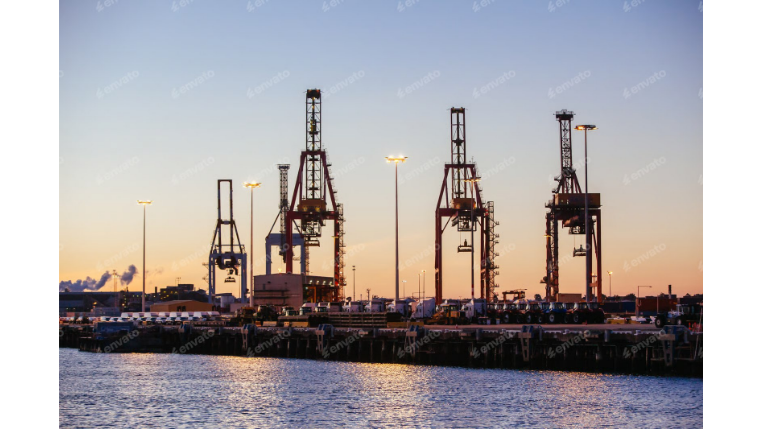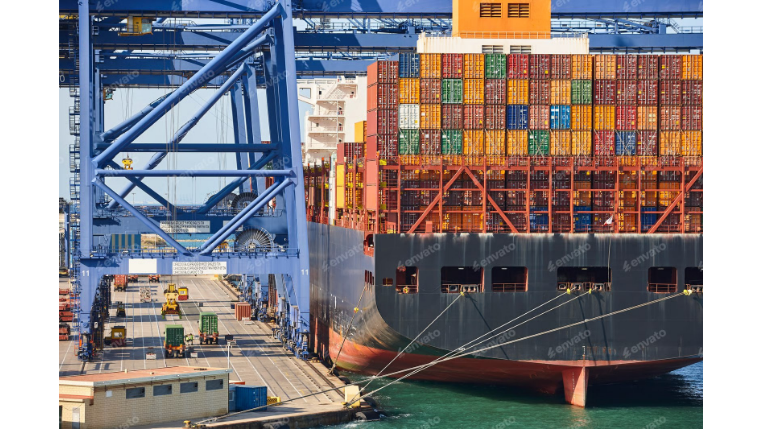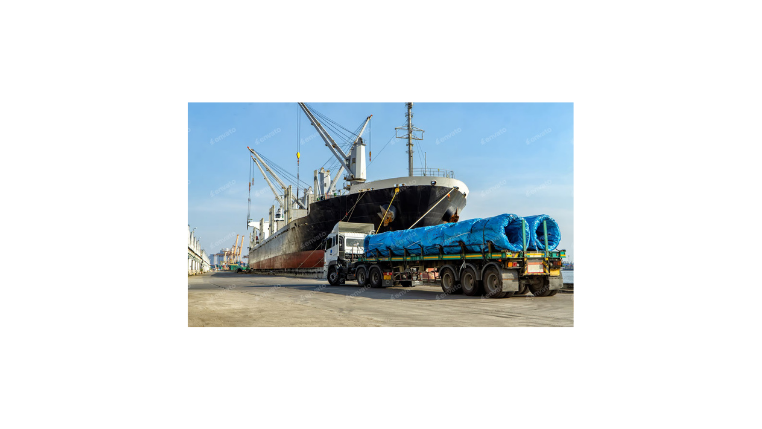What is ISF (Importer Security Filing)?
ISF stands for Importer Security Filing. It is a mandatory regulation enforced by the U.S. Customs and Border Protection (CBP) that requires importers and carriers to submit advance cargo information for all ocean freight shipments destined for the United States.
The primary goal of ISF is to enhance cargo security by allowing CBP to screen shipments for potential risks before they arrive at U.S. ports. This helps prevent terrorism, smuggling, and other illegal activities.
The regulation is commonly known as the ISF 10+2 Rule. This name comes from the number of data elements that must be submitted: 10 data elements are the responsibility of the importer, while 2 additional data elements are required from the ocean carrier.
ISF-10 vs. ISF-5: What’s the Difference?
Before diving into the data elements, it's crucial to understand which type of ISF filing applies to your shipment.
- ISF-10 (For Imports): This is the standard and most common type of filing. It applies to all ocean cargo that will be imported and consumed within the United States. The "10" refers to the ten data elements required from the importer.
- ISF-5 (For Transit/In-Bond Shipments): This filing applies to goods that are not being imported into the U.S. but are merely transiting through a U.S. port on their way to another country (e.g., a shipment from Europe to Mexico that unloads in a U.S. port). It requires only five data elements, typically submitted by the carrier or freight forwarder.
This guide will primarily focus on the ISF-10, which is relevant for the vast majority of businesses shipping to the U.S.
The ISF 10+2 Data Elements: A Detailed Checklist
To complete an ISF-10 filing, specific information must be collected from both the importer and the carrier.
10 Data Elements Required from the Importer
- Buyer Name and Address: The name and address of the last known entity to purchase the goods.
- Seller Name and Address: The name and address of the last known entity to sell the goods.
- Importer of Record Number / FTZ Applicant ID Number: The IRS number, EIN, Social Security Number, or Customs-assigned importer number of the party responsible for the import.
- Ultimate Consignee Number: The IRS number or EIN of the party who is the final recipient of the goods.
- Manufacturer (or Supplier) Name and Address: The name and address of the entity that last manufactured, assembled, or produced the commodity.
- Ship-to Name and Address: The name and address of the first party in the U.S. scheduled to physically receive the goods after clearance.
- Country of Origin: The country where the goods were produced or manufactured.
- HTSUS Number (Harmonized Tariff Schedule): The 6-digit tariff classification number for the commodity.
- Container Stuffing Location: The name and address of the location where the goods were packed into the container.
- Consolidator (Stuffer) Name and Address: The name and address of the party who stuffed the container or arranged for the stuffing.
2 Additional Data Elements Required from the Carrier
- Vessel Stow Plan: A map of the vessel showing the location of all containers.
- Container Status Messages: Updates on the movement of the container through the shipping process.
The ISF Filing Process: A Step-by-Step Guide
- Gather Required Data: The importer must work with their suppliers and freight forwarders to collect all 10 required data elements accurately.
- Secure a Customs Bond: A bond is required to ensure financial liabilities to CBP are covered. This can be a single ISF Bond or a larger continuous bond.
- File the ISF: The importer (or their agent) must submit the ISF data electronically to CBP. This must be done at least 24 hours before the cargo is loaded onto the vessel at the foreign port.
- Track the Status: After submission, it's crucial to track the ISF status to ensure it has been accepted by CBP and to correct any potential errors.
Understanding Customs Bonds for ISF Filing
U.S. Customs requires a bond to act as a financial guarantee that the importer will comply with all laws and regulations. There are three main types of bonds relevant to ISF filing:
- ISF Bond: This bond covers a single ISF filing and is a good option for one-time importers who do not have a continuous bond. It ensures coverage for non-compliance penalties up to $10,000.
- Single Transaction Bond (STB): This covers one entire shipment, including both the customs entry and the ISF filing.
- Continuous Bond: This is the most cost-effective and efficient option for frequent importers (e.g., 2-3 times per year or more). It covers all shipments over a one-year period, reducing administrative work and costs.
The High Cost of Non-Compliance: ISF Fines and Penalties
Failing to file ISF accurately and on time (at least 24 hours before loading) can result in severe penalties. The consequences include:
- A fine of $5,000 per violation. In cases of repeated or extreme non-compliance, this can escalate.
- Cargo holds and customs examinations. CBP may hold the cargo at the port for a detailed inspection.
- Additional Costs: The importer is responsible for all costs associated with examinations, storage, and demurrage during a cargo hold.
To avoid these costly penalties, prompt and accurate filing is essential.
Estimated Costs: How Much Does ISF Filing Cost?
While failing to file can cost $5,000, the cost of filing is minimal in comparison.
- ISF Filing Fee: Typically $30 - $50, varying by the customs broker or agent handling the filing.
- ISF Bond Cost: Around $50 - $70, if a single ISF bond is required.
- Total Estimated Cost: Including the broker fee and a single bond, the total cost is usually between $80 and $120.
Conclusion: Compliance is Key to Smooth Shipping
Importer Security Filing (ISF 10+2) is a critical compliance requirement for any business shipping goods to the U.S. by ocean. Understanding the regulations and ensuring that ISF is filed accurately and on time is the best way to avoid costly fines, customs delays, and shipment holds.
For seamless customs clearance, importers should work with licensed customs brokers or use certified ISF software. By staying compliant, businesses can ensure their international shipping operations remain efficient, predictable, and hassle-free.










